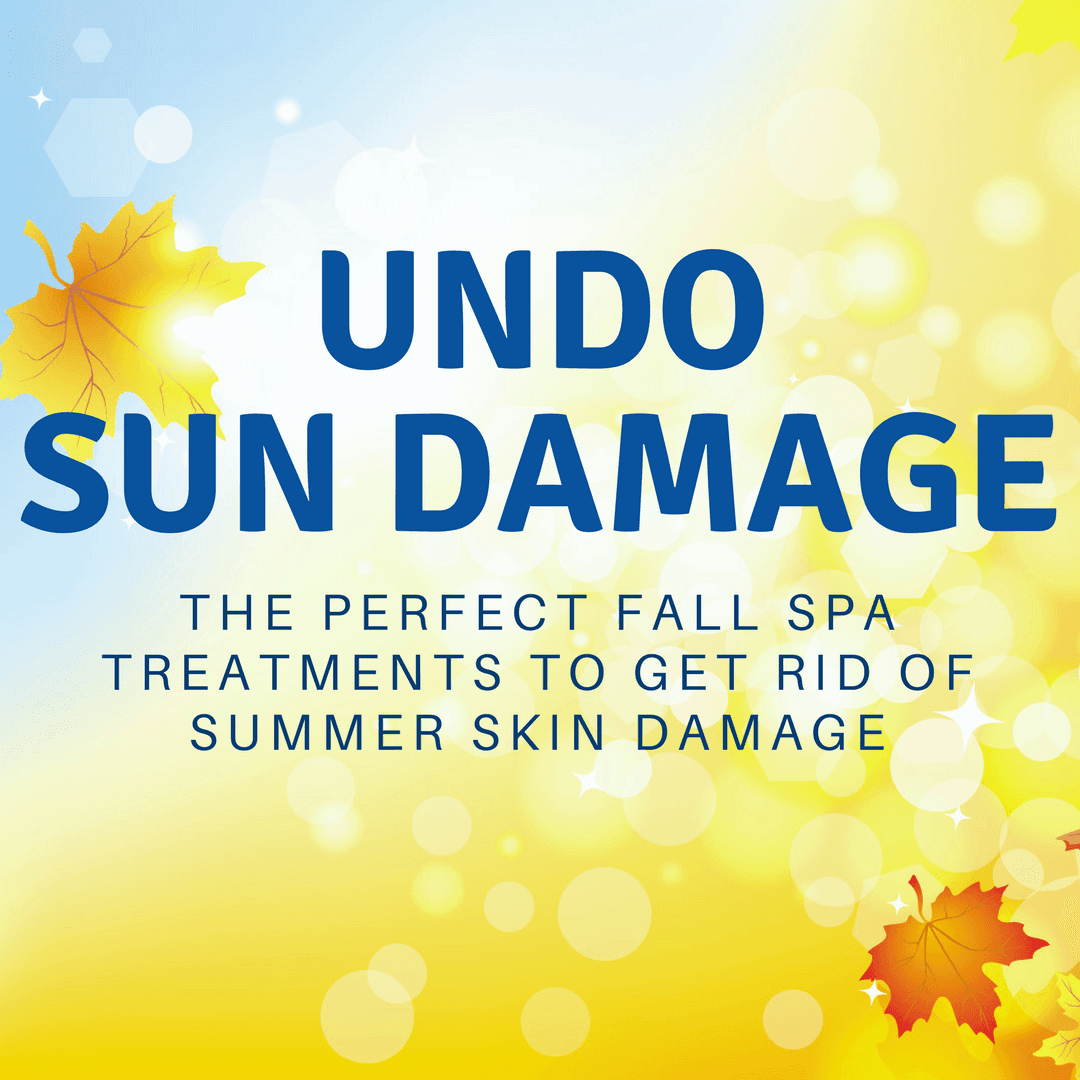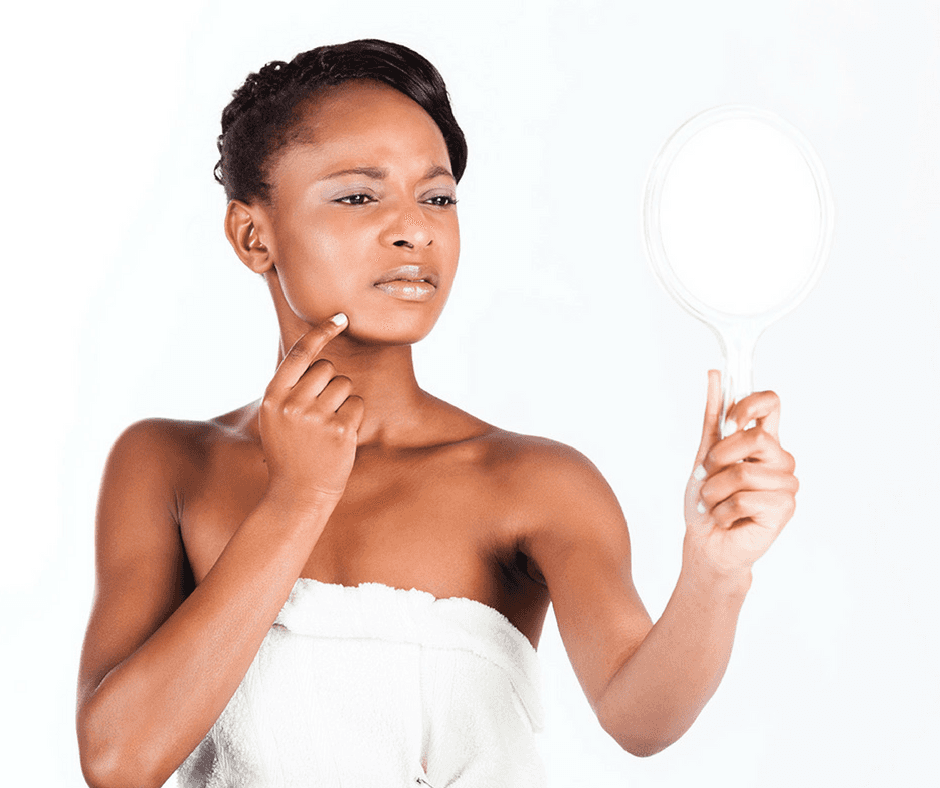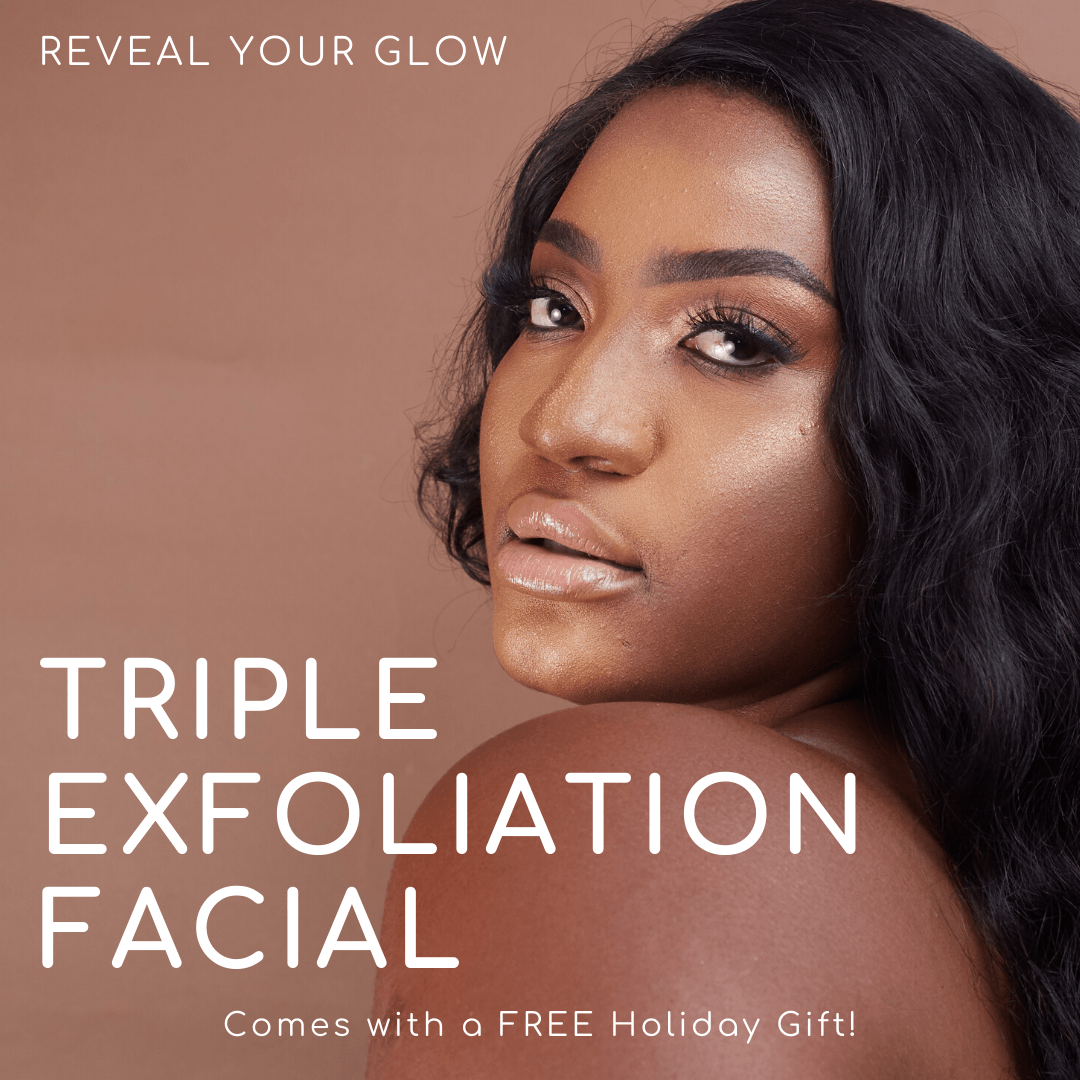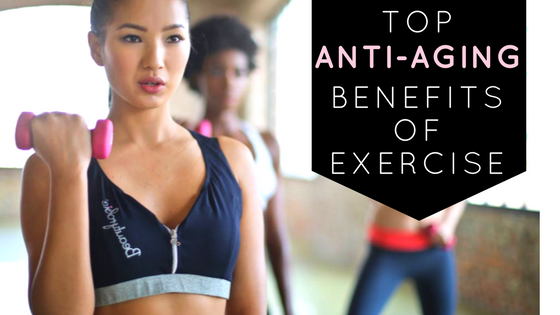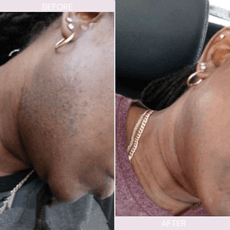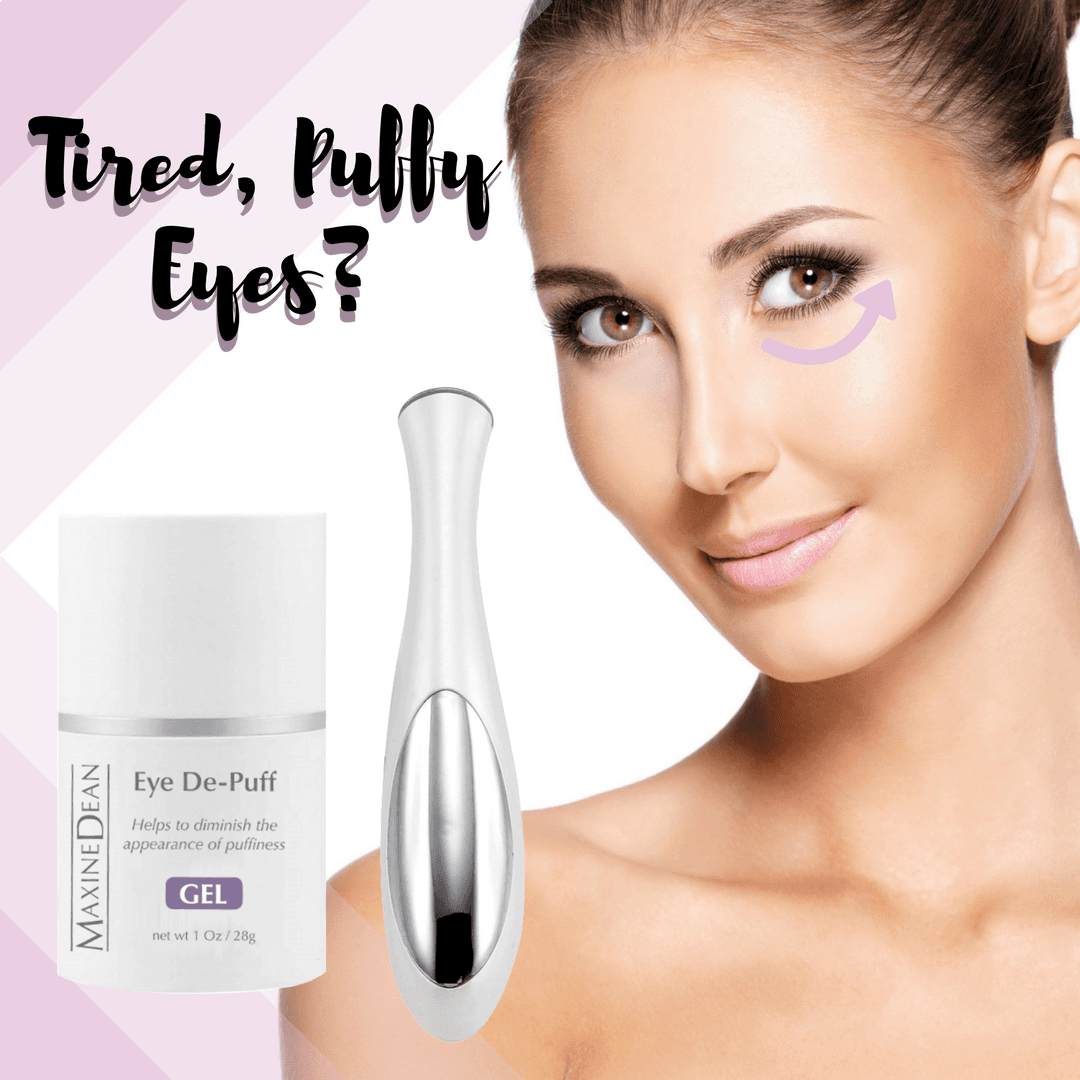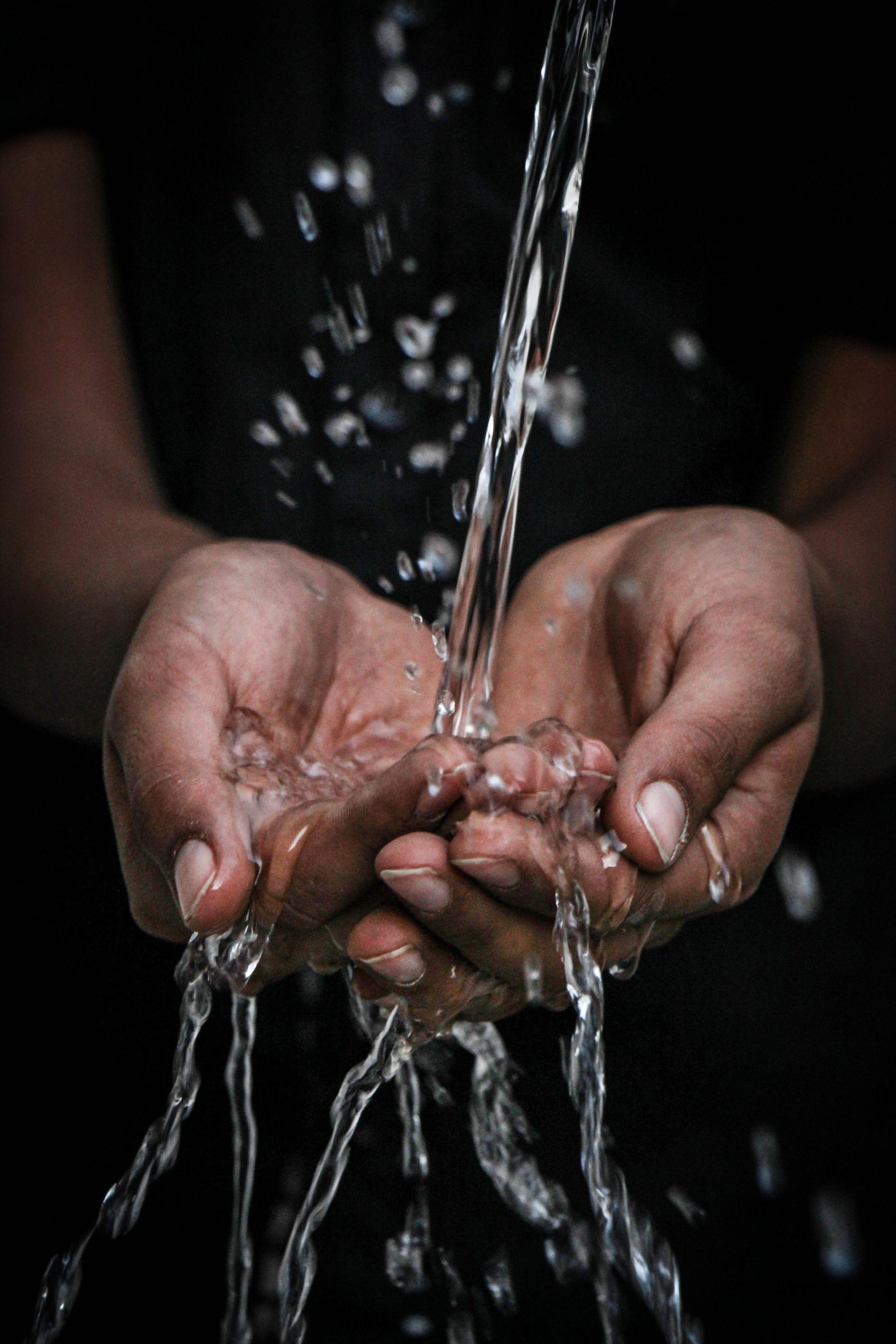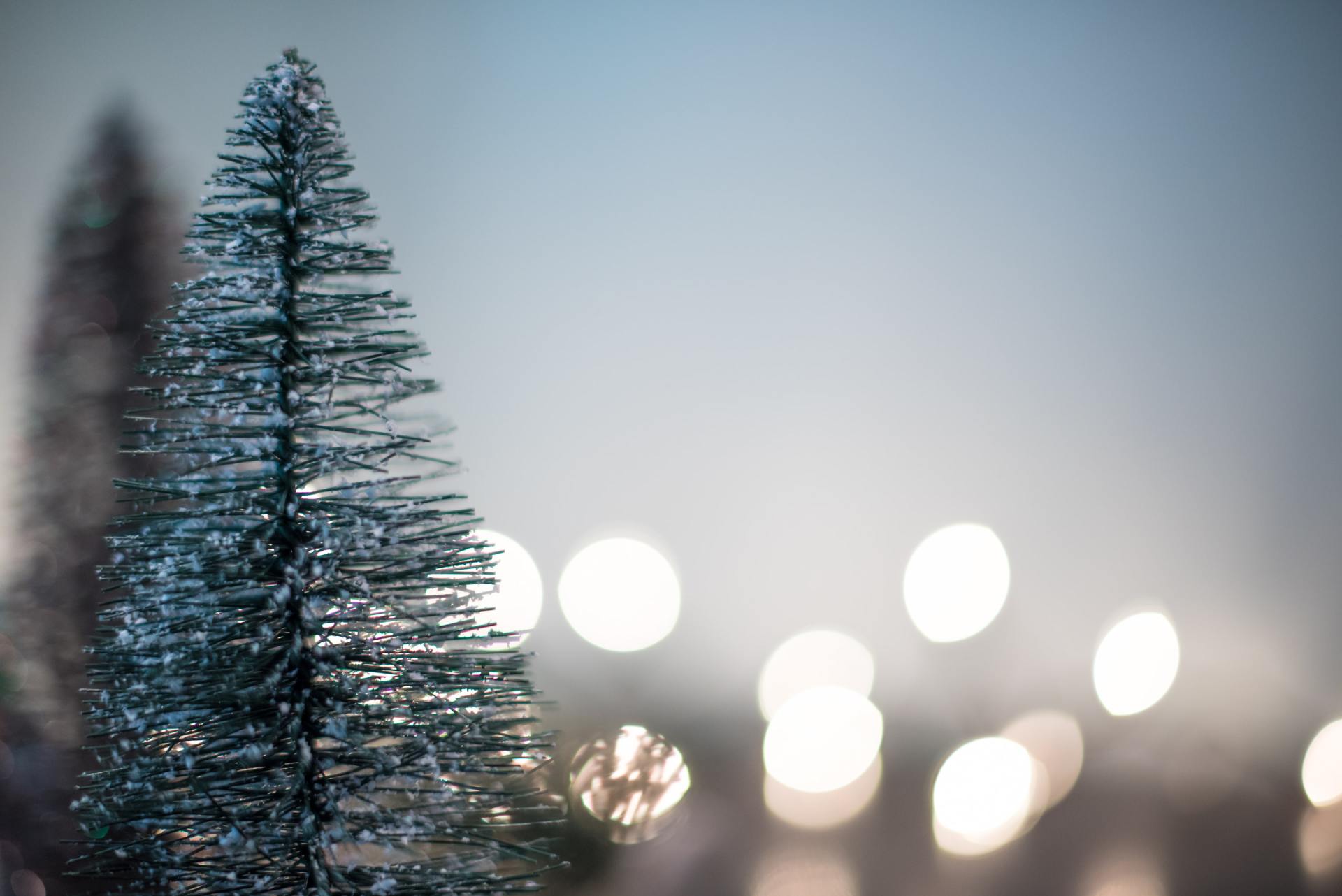What is Acne?
All About Acne - The Most Common Skin Condition
Acne is estimated to affect 650 million people worldwide, making it the most common skin condition. Although it's a very common problem for adolescents and teens, acne can affect anyone. Left untreated, acne can leave scars, lead to anxiety and negatively impact self esteem. The more you know about your skin, the easier it is to manage your acne and uncover clear, beautiful skin.
- Blackheads are open comdeos. When a comedo is open and exposed to air the dead skin and oil that clogged the pore oxidizes, turning it black.
- Whiteheads are closed comedos. The opening of the pore is either very narrow or completely blocked by skin. Whiteheads are clogged pores just like a blackhead, only they have not been oxidized and remain white.
- Papules and Pustules form when a pore becomes so irritated the walls collapse, these are generally what we call pimples. The pore and surrounding cells are inflamed and can be painful. Papules are raised, solid bumps that are typically red and may be painful. Pustules occurs when a papule becomes infected, or “comes to a head” and fills with pus. Not all papules turn into pustules and may resolve on their own.
- Cysts are hard, pus filled lesions that rupture deep beneath the surface of the skin. Cysts are often large and quite painful. Cysts occur when the oil gland within a pore becomes engorged and hardened. Unable to push the excess oil and debris through the pore, it ruptures leaving behind a painful, swollen mass under the skin. Cysts are the most severe type of acne lesion. They can last anywhere from a couple of days to weeks, and usually leave a scar.
- Grade 1
is mild acne consisting of a few blackheads and papules that are not deep or inflamed.
- Grade 2
is moderate acne, with 10 or more blackheads, papules, milia, pustules with redness and inflammation.
- Grade 3
is severe acne involving 12-20+ blackheads, papules, pustules, cysts and a lot of redness and inflammation. Acne generally spreads from the face down the neck, the chest, shoulders and the upper back.
- Grade 4 is often called cystic or nodulcystic acne. severe acne involving 12-20+ blackheads, papules, pustules, multiple cysts and a lot of redness and inflammation. Infection is deep and widespread, affecting the face, chest, shoulders, the entire back and upper arms.
Acne treatments at MaxAesthetics in Philadelphia are used to increase cell turnover, eliminate acne causing bacteria, reduce inflammations and help regulate oil production. Acne is usually treated with topical products such as salicylic acid, retinoid, benzoyl peroxide, azelaic acid or laser treatments.

